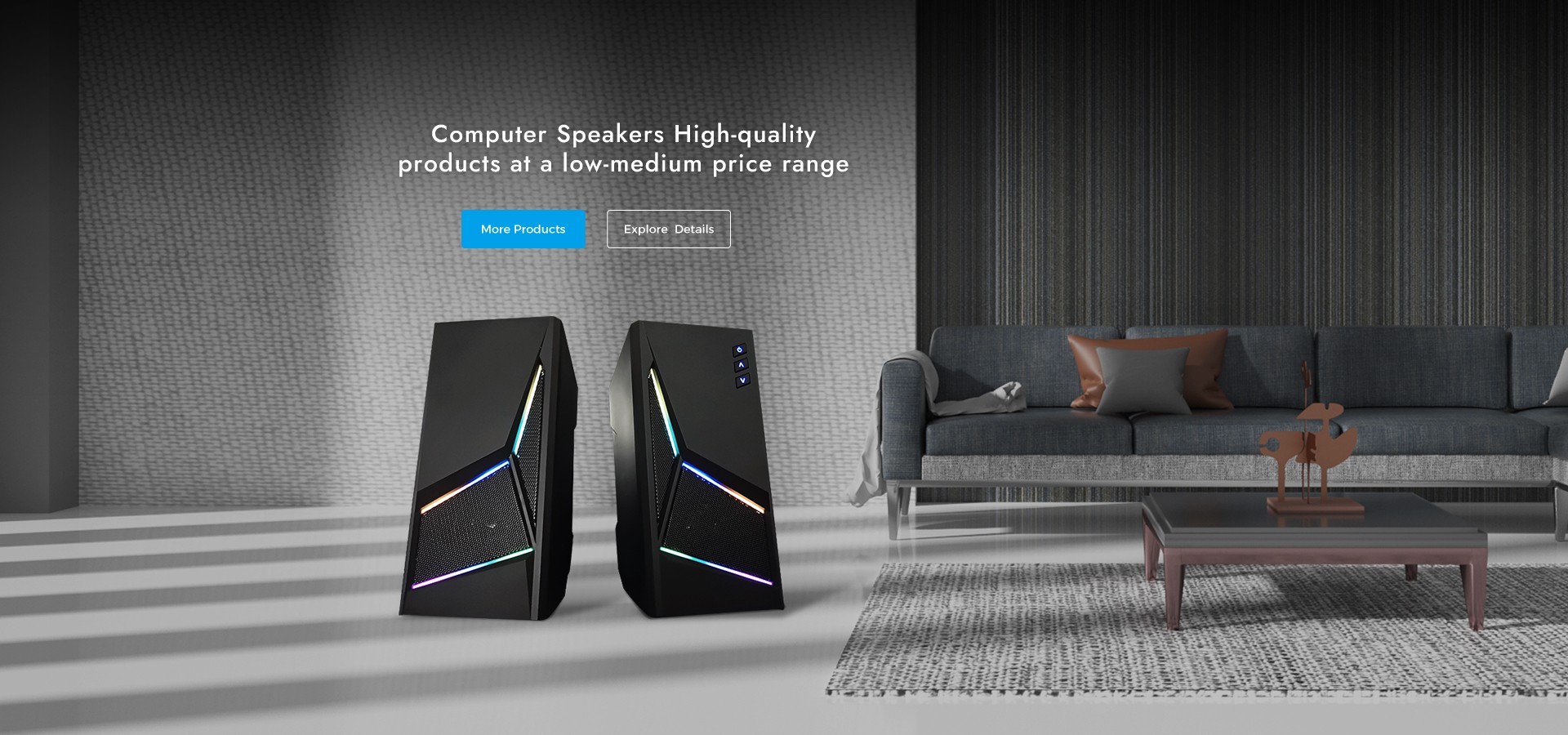Conference room audio equipment Speaker is a common audio equipment, we usually see more computer audio. The speakers used in the conference room are similar, but the sound of the conference room is amplified, and the selection of speakers is various. Brand and price are just one factor. Choose the right power supply product according to the size of the conference room. You can also use floor standing speakers or ceiling speakers depending on how you deploy. Configure the speakers according to the overall design requirements of the conference room.
In a complex conference room application, we may involve multiple audio sources and different audio input devices, for example, we may involve wired and wireless microphones, and we may need to temporarily play a video during the meeting. This requires a mixer to adjust and control these audios, and map the different audio sources to the different inputs of the mixer. In this way, you can flexibly control the audio source of each channel, adjust the audio size, and increase the effect.

Likewise, for audio output, our conference room may have multiple speakers, deployed in different locations, and we may want to place the sound source outside through different speakers. It also needs to be adjusted through a mixer. At present, in addition to the mixer with various knobs shown above, there is also a software mixer, and the entire control is carried out through software. Adjust the software interface.
The Conference Room Audio Device Processor is an integrated audio processing unit that is not required in a simple conference room solution. However, audio processors can replace many devices to provide signal processing, microphone mixing, echo control, speaker equalization, noise control, and even some functions of a power amplifier. Audio processors are technically demanding, and high-quality audio processors are expensive. Audio processor equipment can be flexibly selected according to meeting room construction requirements and budget.